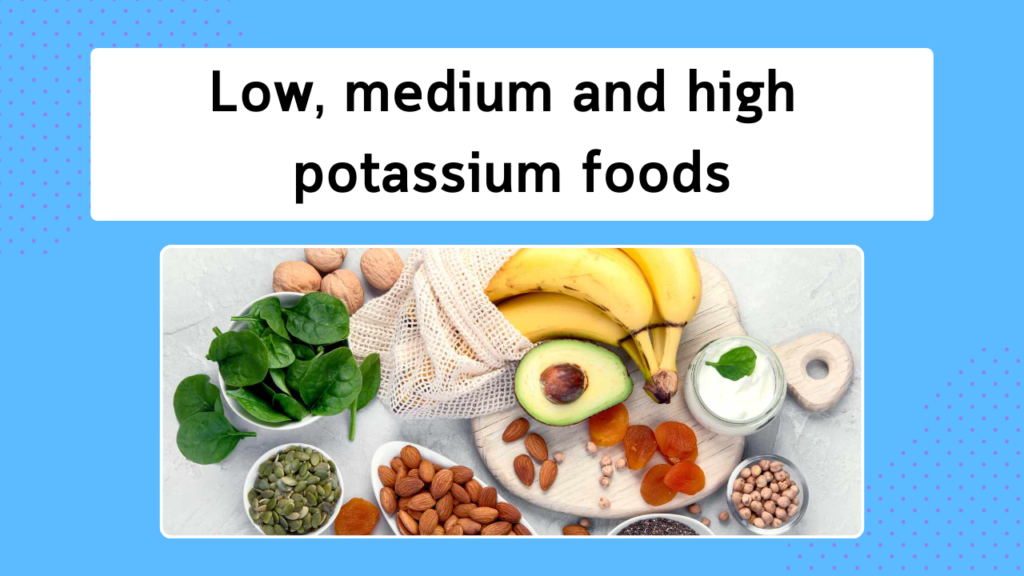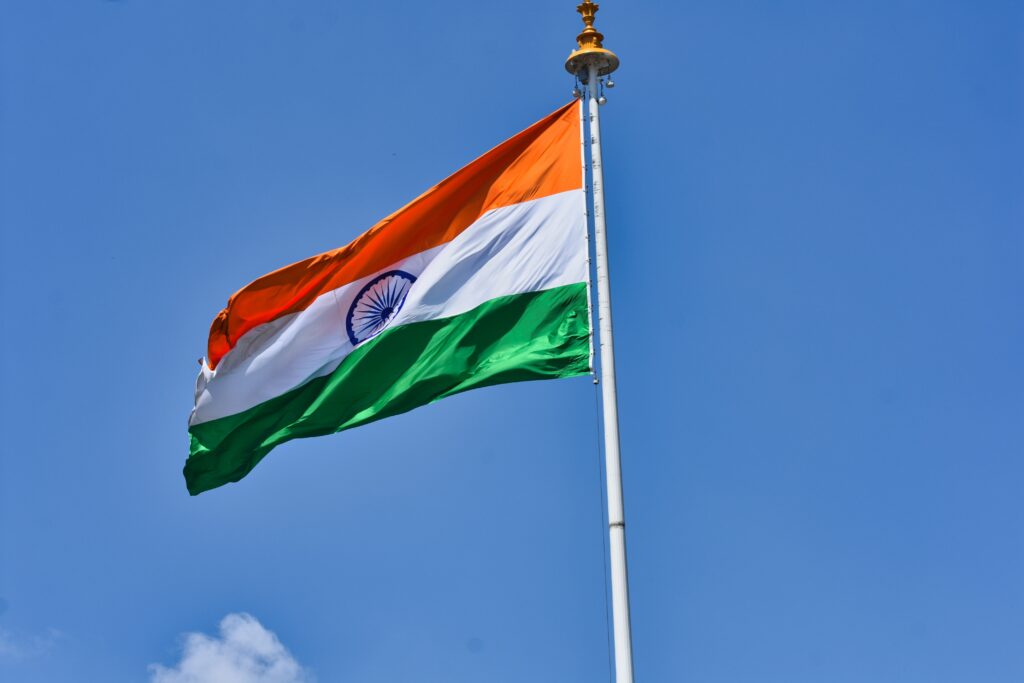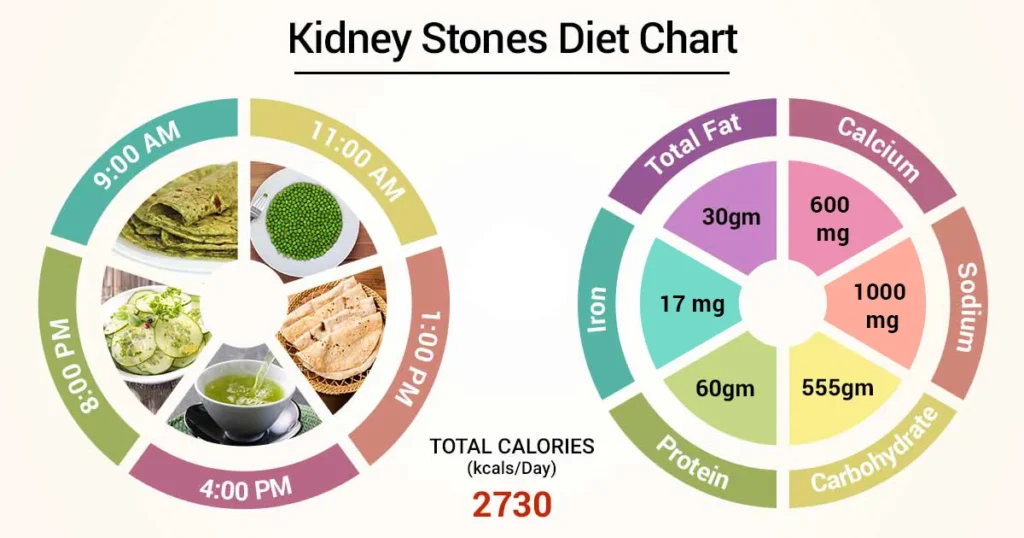One of the most vital supportive care for managing chronic kidney disease (CKD) is dietary modification. However, implementing dietary changes may sound challenging especially when it comes to controlling potassium intake. While potassium is essential for heart and muscle function, but when kidneys are impaired; they are not able to balance potassium levels. This can lead to increase in serum potassium which can bring fatal complications if left unattended. Hence, CKD patients need to seek guidance from a qualified renal dietitian. This blog provides a detailed list of low, medium, and high potassium foods for a kidney-friendly diet.
Why do you need to control potassium intake?
For CKD patients, managing potassium intake is crucial because damaged kidneys struggle to filter out excess potassium. This leads to build up of potassium in the blood. Abnormally high potassium levels of potassium can lead to severe health complications like cardiac arrest. Hence, it is important to adhere to a diet which includes essential nutrients but helps get rid of excess potassium
Top foods to be avoided as per our Renal Dietitian
Below are items that are rich sources of potassium which need to be avoided if you have kidney disease:
1. Low sodium salt/ salt alternatives
2. Coconut, coconut water, coconut based items like coconut laddos or chutney
3. Fruit juices
4. Chocolates and dry fruits
5. Vegetable soups and broths
Below is a list of low potassium foods as guided by a renal dietitian
Fruits:
– Red apple
– Green apple
– Pear
– Pineapple
– Watermelon
-Wax apple (also known as safed jhamun)
Vegetables:
– Bottle gourd (lauki-small as well as long)
– Snake gourd (turai)
– Tinda (tindi)
-Cucumber (kheera)
-Raw papapa
-Capsicum (shimla mirch)
-Cabbage
– Parwar
– Snake gourd (padwal)
-Zucchini (yellow and green)
– Lettuce (salad patte)
Proteins:
– Eggs
– Chicken (skinless, cooked)
Grains and Starches:
– White rice
– White bread
– Rice pasta
– Rice noodles
– Rice crispies
– Rice rawa (known as idly rawa)
Below is a list of medium potassium foods
Fruits:
– Ripe papaya
-Litchis
-Strawberries
-Cherries
– Oranges (small)
– Sweet lime
– Grapes
Vegetables:
– Onion
-Brinjal
-Cauliflower
-Knol khol
– Methi leaves
– Carrots
– Raddish (small and big)
– Bell peppers (yellow and red)
-Tomatoes
-Green peas (matar)
-Lady finger (bhindi)
-Pumpkin (kaddu)
-Beetroot
-Baby corn
Proteins:
– Lean beef
– Pork
– Salmon
– Tuna
Grains and Starches:
– Brown rice
– Whole wheat bread
– Dalia
– Barley
-Jowar
-Maize
Below is a list of high potassium foods as per a renal dietitian

Fruits:
– Bananas
-Sapota (chickoo)
-Custard apple (sitaphal)
– Avocados
– Kiwis
– Jackfruit
– Cantaloupe
– Dried fruits (apricots, raisins)
-Guava
-Pomegranate (anar)
Vegetables:
– Potatoes
– Sweet potatoes
– Spinach
– Amaranth leaves
– Drumstick and its leaves
-Colocasia
-Parsley
-Celery
Proteins:
– Beans (black, kidney, lima)
– Lentils
Grains and Starches:
-Quinoa
-Bajra
-Nachni (ragi)
-Oats
– Bran cereals
– Whole grain products
Tips to lower potassium intake explained by a renal dietitian
1. Even low-potassium foods can become high in potassium when consumed in larger quantities. Hence, it is essential to adhere to the quantity prescribed by your renal dietitian
2. Consider leaching dals and vegetables if you have high potassium values (above 6Meq/L). leaching involves soaking in large quantity of water and boiling high-potassium vegetables in water and then discarding the water. This process can reduce their potassium content (to get detailed instructions about leaching, click here)
3. Avoid alternate salts. Switching to low sodium salts can lead to high levels of potassium in patients with kidney disease. It is advisable to use regular iodized salt but in less quantity
4. Read all food labels carefully
5. Consult a Dietitian: A renal dietitian can provide personalized advice tailored to your specific needs and health condition (to book a diet consultation with us, click here)
To watch our video on 5 things that may be silently increasing your potassium levels, click here
Conclusion
Managing potassium intake is vital for individuals with CKD to maintain overall health and prevent complications. By incorporating low and medium potassium foods and being mindful of portion sizes, you can enjoy a varied and nutritious diet that supports kidney health. Always consult a qualified renal dietitian to tailor dietary choices to your specific needs and ensure optimal kidney care.
At NutriKonnect, we have one-to-one diet consultation sessions with a comprehensive follow up. You can avail our advance or premium session if you need innvovative recipes for kidney disease. For tasty and healthy kidney – friendly lunch and dinner menus and desserts, you can avail our recipe course, click here to gain access.



